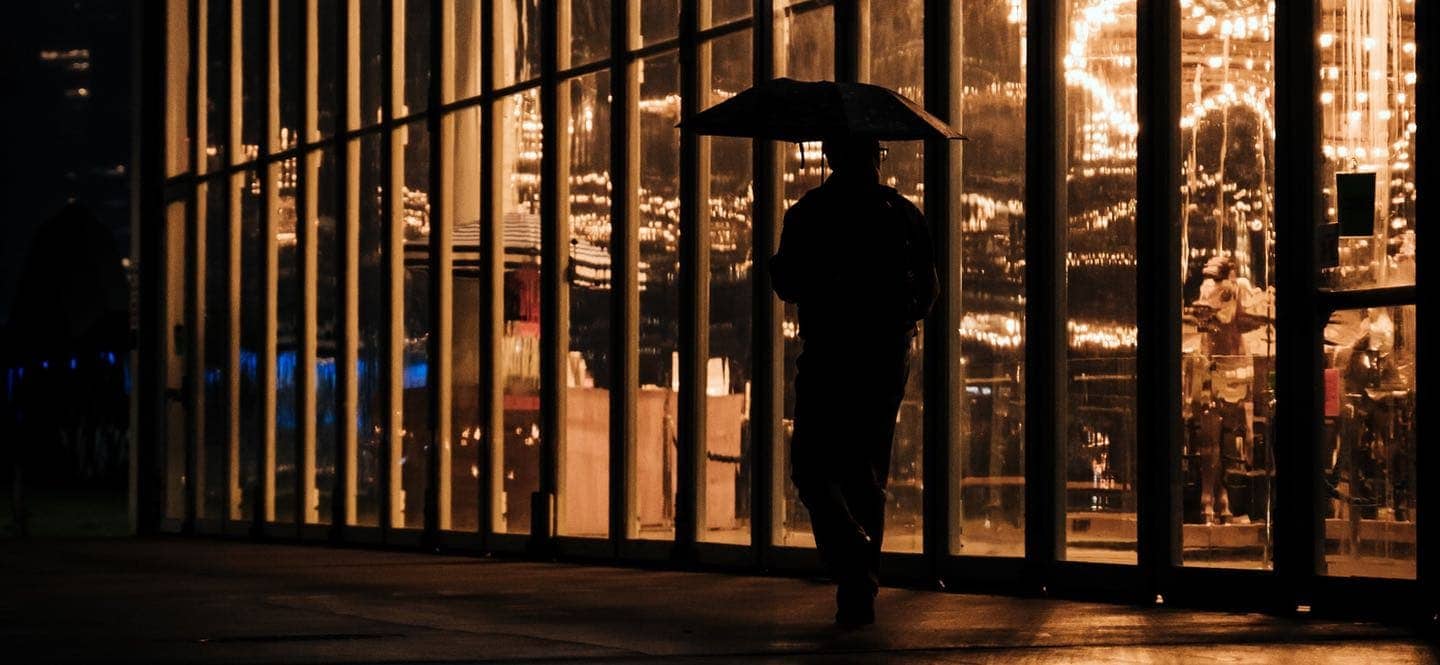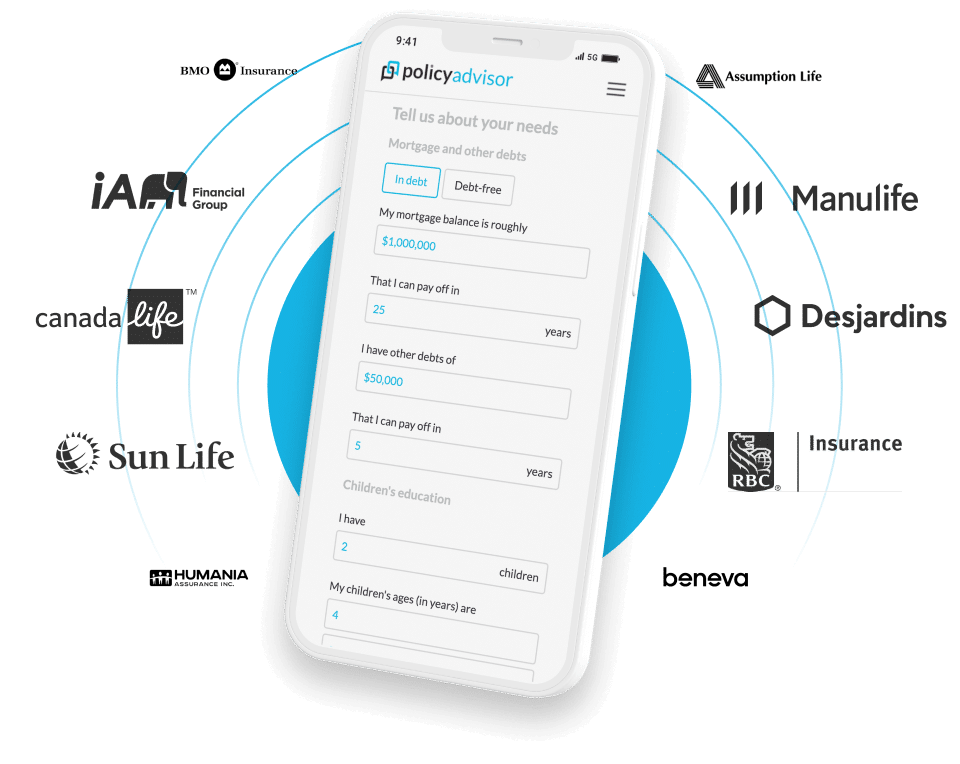
As Daylight Savings Time ends, Canadians will “fall back” and extend their day by a full hour.
In some parts of the country though, this practice might be ending for the last time. In Western Canada, the province of British Columbia is taking steps to make Daylight Savings Time permanent. This would mean no more changing the clocks twice a year. It would also mean eliminating many of the risks associated with the bi-annual time shifting.
Will all of Canada move to permanent Daylight Savings Time?
Politicians have been debating the benefits of changing the clocks for several years. There are merits to eliminating the practice. The return to Standard time means Canadians get an extra hour of sleep, but while the extra 60 minutes may be seen as a gift to many, it comes at the expense of daylight, with the sun setting an hour earlier at a time of year when the days are already getting shorter.
Many welcome the change; in addition to getting an extra hour of sleep, Canadians can enjoy discount Halloween candy and start setting their sights on holiday shopping and planning.
But as much as there is to look forward to, until BC implements permanent Daylight Savings Time, it is important to draw attention to the potential hazards – both physical and emotional – that come with shifting the clocks.
Increase in pedestrian injuries
It is well documented that the bi-annual time shifts to and from Daylight Savings Time result in increases in fatal car accidents in the first two weeks following the change.
In the spring, these increases occur in the morning, when drivers have lost an hour of sleep and have not yet adjusted to the darkness of their morning commutes. While the problem is worse in the spring, the phenomenon also occurs in the autumn weeks following the return to Standard Time. Although most have likely enjoyed an extra hour of sleep, the evening commute now occurs after sundown, with drivers, cyclists and pedestrians sharing the roads without the daylight to which they are accustomed.
Unfortunately, whether cycling or walking in these evening hours , all of these transit modes become more dangerous in the two weeks following the clocks “falling back,” and the results can be disastrous.
Seasonal Affective Disorder
Physical injury isn’t the only risk that rises after the return to Standard Time; according to the Canadian Mental Health Association, between two and three percent of Canadians experience Seasonal Affective Disorder (SAD), a form of depression that develops from the shorter days and limited sunlight we experience during fall and winter.
The disorder manifests itself in a variety of ways, with symptoms ranging from fatigue and irritability to sleep problems and loss of interest in work and hobbies.
In severe cases, SAD can lead to thoughts of suicide and even hallucinations and delusions. Such occurrences may require someone to take a leave from work in order to get treatment. But, as pointed out above, many people cannot afford an extended illness when they depend on their working income.
Protecting Yourself
Fortunately, there are ways to prepare and protect yourself from the potential physical and financial harms that accompany this November clock change:
- Get some extra sleep: Although Canadians gain an hour of sleep with the return to Standard Time, like with jetlag, it can take several days to adjust to the change. This can cause fatigue and, by extension, delayed reflexes and alertness. Make sure you are well rested so you are prepared for the darker commute home. Ample rest will also help to ward of SAD.
- Cyclists should make themselves more visible; use a bike light and wear reflective clothing.
- Pedestrians: Try to walk in well-lit areas and cross at traffic lights and crosswalks whenever possible While the onus is on drivers to not harm pedestrians, when it’s you versus a car, give yourself all the possible advantages.
- Drivers, cyclists, and pedestrians: Stay alert, and put away your phone.
- It might be cold, but try to get outdoors for at least 10 minutes a day to give yourself a hit of Vitamin D. It promotes healthy bones, hearts and mood.
- Therapy Lights help to mimic the sunrise and can be a great way to combat SAD.
- We’d be remiss if we didn’t also recommend Critical Illness Insurance and Disability Insurance (if you don’t already have it). Such products offer you protection against loss of income should you become disabled or ill and unable to work.
As we near the holiday season, Canadians have much to look forward to. With a little planning, a little extra attention, and some extra care, we can ensure a great end to the year and a happy, healthy new year.


 1-888-601-9980
1-888-601-9980
